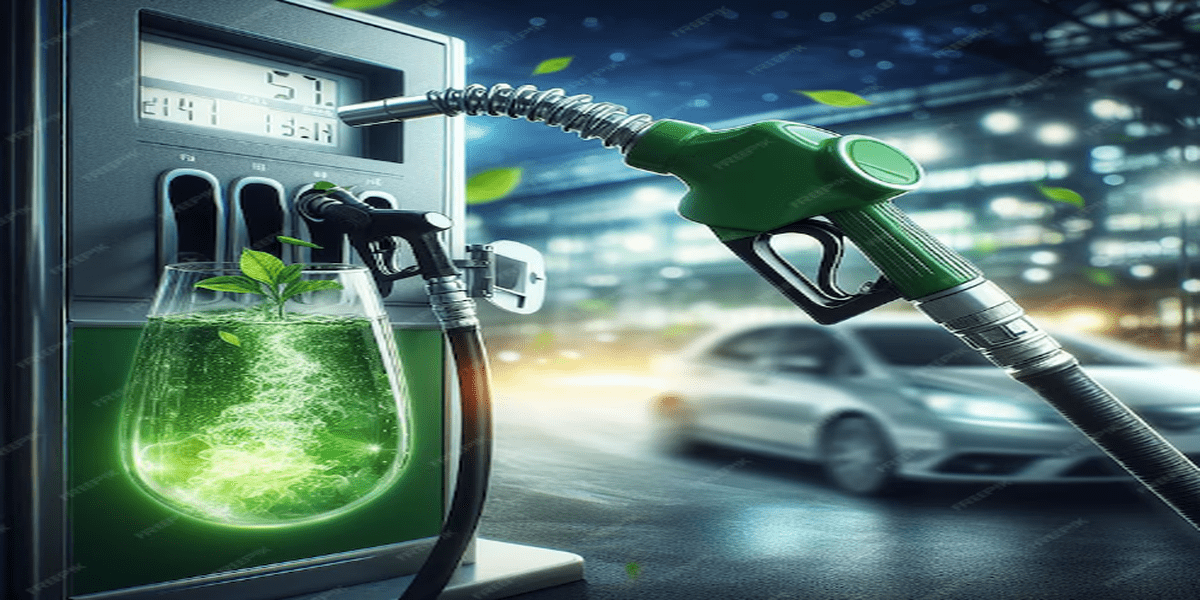Introduction
Air pollution is one of the most pressing public health crises facing India, and nowhere is this more evident than in the capital city, Delhi, which in the recent few days had become the world’s most polluted city. The air quality in Delhi regularly exceeds safe levels, especially during the winter months when pollutants from crop burning, vehicle emissions, and industrial activities accumulate under a layer of dense smog. In recent years, air quality monitors have recorded alarming spikes, with the Air Quality Index (AQI) frequently venturing into the hazardous range.
In this blog, we’ll explore the latest measures, both policy-driven and citizen-led, that are helping combat air pollution in Delhi. We’ll also take a look at the Lancet Countdown Report, which sheds light on the wider health impacts of climate change and how fighting pollution can improve our quality of life. Additionally, we’ll discuss the role of companies like Khaitan BioEnergy in creating sustainable solutions for a healthier planet.
The Current State of Air Pollution in Delhi
Delhi’s air quality has become a seasonal nightmare, particularly between October and January. The thick smog that blankets the city during these months has made headlines around the world. Contributing factors include:
Stubble Burning: Farmers in nearby states, like Punjab, Haryana and Uttar Pradesh, often burn crop stubble after harvest. This is one of the most significant contributors to seasonal pollution spikes.
Vehicular Emissions: With millions of vehicles on the roads, exhaust fumes add significantly to the pollution burden.
Industrial Pollution: Factories in and around Delhi release harmful gases and particulate matter, worsening the air quality.
Dust from Construction: Massive urban development projects lead to high levels of dust and particulate matter in the air.
The consequences of this air pollution are dire. According to a 2023 report from the Centre for Science and Environment (CSE), air pollution is responsible for almost one in every eight deaths in India. The Lancet Countdown Report also emphasises that long-term exposure to polluted air contributes to chronic respiratory diseases, cardiovascular problems, and even mental health disorders.
Policy Measures to Combat Air Pollution
The Indian government and local authorities have introduced several measures aimed at controlling air pollution in Delhi. Some key initiatives include:
The Graded Response Action Plan (GRAP):
Introduced in 2017, GRAP is a set of emergency measures that come into effect when air quality deteriorates beyond certain levels. Also these measures include restrictions on construction activities, temporary closure of schools, and limits on vehicular movement. Currently, Delhi has implemented GRAP-IV. This restricts movement of trucks and non essential light commercial vehicles that are registered outside Delhi. And also closing schools and colleges and implementing work from home for the majority of offices.
Odd-Even Vehicle Rule:
To reduce the number of vehicles on the roads, Delhi has implemented the odd-even rule. Therefore cars are allowed to operate on alternate days based on their licence plate numbers.
Phasing Out Diesel Vehicles:
The government is gradually phasing out old diesel vehicles and encouraging the use of cleaner alternatives like electric cars. Delhi-registered BS-IV or older diesel medium and heavy goods vehicles are banned, except for those in essential services.
Expansion of Public Transport:
Investments are being made to improve Delhi’s metro system and encourage people to switch from private cars to public transport.
Promotion of Renewable Energy:
The government is pushing for greater use of renewable energy sources, like solar and wind power, to reduce dependence on polluting fossil fuels.
The Lancet Countdown Report on Health and Climate Change
The Lancet Countdown Report, released annually, monitors the health impacts of climate change and how countries are responding. The 2024 report emphasises that climate change is not just an environmental issue; it’s a public health emergency. Rising temperatures and extreme weather events exacerbate health conditions, while air pollution continues to claim millions of lives globally.
Key Takeaways from the 2024 Report
- Heat-Related Illnesses: The report highlights the increasing prevalence of heat-related illnesses, particularly among the elderly and those with preexisting conditions. Cities like Delhi are especially vulnerable due to urban heat islands.
- Economic Impact: Poor air quality and climate-related health issues lead to decreased productivity and strain on healthcare systems. Thus costing billions of dollars annually.
- Call for Urgent Action: The report urges governments to implement more ambitious climate policies. Also to invest in green technologies to mitigate these risks.
How Khaitan Bio Energy is Contributing to a Healthier Planet
Amid this backdrop of environmental challenges, innovative companies like Khaitan Bio Energy are stepping up to offer sustainable solutions. Khaitan Bio Energy focuses on the production of 2G ethanol. This is a cleaner and renewable fuel alternative derived from agricultural waste like rice straw and corn stover.
The Impact of 2G Ethanol
- Reducing Air Pollution: By converting crop residues into ethanol, Khaitan Bio Energy helps reduce the need for stubble burning, a significant source of air pollution in Delhi and surrounding areas.
- Lower Carbon Emissions: Ethanol-blended fuel emits fewer greenhouse gases compared to traditional fossil fuels, contributing to lower overall emissions.
- Economic Benefits for Farmers: By purchasing agricultural waste, Khaitan Bio Energy provides farmers with an additional source of income, making it economically viable for them to avoid burning crop residues.
Khaitan Bio Energy’s work aligns with India’s broader goals of achieving 20% ethanol blending by 2025 and promoting a circular economy. Their innovative approach not only addresses air pollution but also contributes to India’s energy security and rural development.
The Road Ahead
Fighting air pollution in Delhi and combating climate change requires a multifaceted approach. Policy changes, citizen action, and corporate innovation all play critical roles. While the government must continue to enforce regulations and promote clean energy, individuals must adopt eco-friendly practices in their daily lives. Companies like Khaitan Bio Energy provide a promising blueprint for how technology and sustainable practices can work hand-in-hand to create a cleaner, healthier planet.
As we move forward, it’s crucial to stay informed and actively participate in solutions that promote environmental and public health. After all, a healthier planet means a healthier society, and every action counts in the fight against pollution and climate change.











